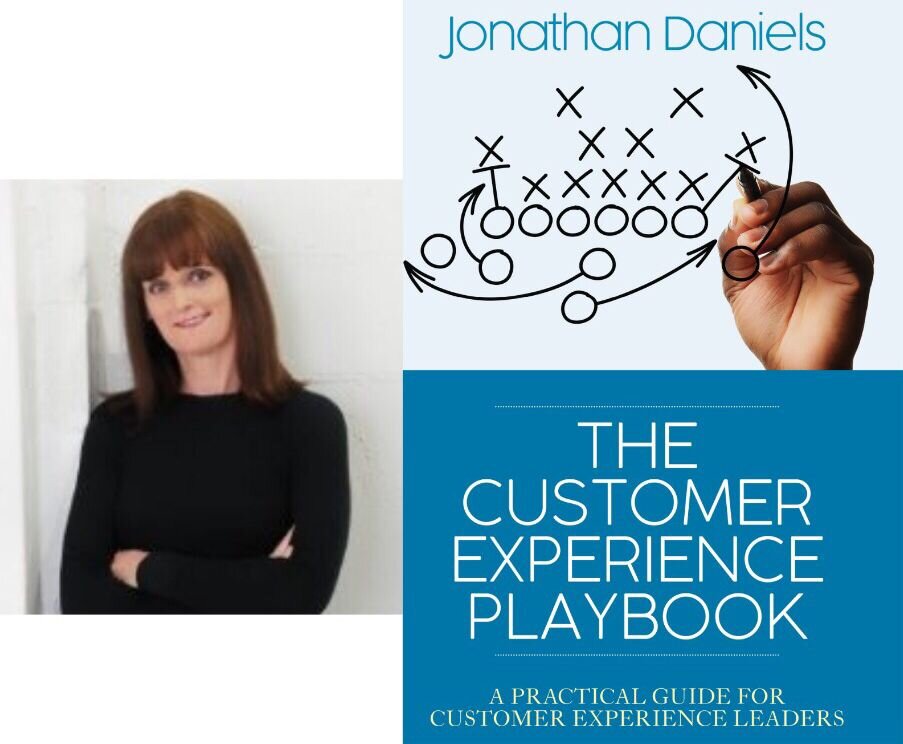Successfully introducing Customer Experience Functions in large businesses. A Case study by Ruth Crowley
This case study is an extract from The Customer Experience Playbook by Jonathan Daniels. The full book can be purchased here. Many organisations involved in the retail industry are constantly faced with various challenges. According to Team Linchpin (2021), several major retail companies have filed for bankruptcy since 2017, and this trend is likely to continue for more years to come. This is a wake-up call for retailers, but it doesn’t spell doom for retail stores. One of the common challenges these organisations face is the ever-changing behaviour and expectations of consumers, which has been mostly resulted from the explosive growth of e-commerce. This has forced companies to spend millions on technological advancements of their product and service offerings to meet the consumer’s demands.
Challenge:
The Fortune 100 Retail Company had seen its prior projects failing without the purposeful engagement of associates across the organisation. Ruth was tasked to lead a Customer-Centric transformation, which would stick, and would open up more revenue for the business.
The Approach:
In bringing the much-needed success to the organisation, the CX Design Group exercised extreme care and put great effort into research, analysis, design, prototyping and Journey Mapping. This was achieved by engaging key stakeholders so as for them to be informed and in some cases they (key stakeholders) had to be convinced. Also, the organisational silos had to be flattened or horizontalized. Journey Maps were leveraged to introduce co-creation promoting ownership before operationalisation. Prototypes were also used including Customer and Associate feedback.
Furthermore, the following solutions were used by the Organisation :
• Deliver quick wins
• Deliver foundation of training
• Have more detailed journey maps in place
• Assessment of training
• Establishing Customer-Centric KPIs and Metrics
A detailed explanation of the solutions used by the Organisation:
Quick wins need to be identified at the initiation phase. The objective of this phase is not just to deliver but to co-deliver. This offers an opportunity to build bridges across organisational silos. These quick wins help to increase cohesion between teams. Also, when these results are communicated across the organisation it encourages others to want to get involved.
The delivering foundation of the training stage entails the building of strong relationships across your organisation. In addition, you will have already conducted a customer experience audit, so you will have a high-level understanding of the strengths, weaknesses, opportunities and threats for your team to grow hence a perfect time to deliver a foundation of customer experience training. Here everyone must have the same understanding of what ‘customer experience’ refers to and all the different terminology used with the subject to avoid confusion. One must use the knowledge gained from important KPIs of each department to tailor training to a specific target market.
With coming up with more detailed journey maps, one has to ask themselves the questions to continue building knowledge about their customers. These questions are: Where are the opportunities for improvement? Where are the pain points? Where are the points which could be used to differentiate your offering? One has to obtain input from employees across a wide range of departments and combine this with data and customers too.
For the training assessment phase, one takes a closer look at how the implemented solutions for the training are shaping thus whether or not the strategies put in place are helping one achieve their intended objectives and thus make changes accordingly.
The 5th stage involves the establishing of customer-centric KPIs and Metrics. These are the KPIs that customers care about and hence have a huge impact on the customer’s experience. This is critical for the long-term success of the organisation, as well as the success of your programme. Establishing customer-centric KPIs helps organisations understand how customer-centric they are.
Achieved Results:
In this project, what was learnt was when people understood the process they became actively engaged. This then helped to ensure ownership across functions. The reviewing of Journey Maps stimulated a new awareness and shared understanding of how the process worked and where the gaps were, in the internal delivery system and delivery to the end consumer. The ROI of Customer Experience Management was clear and since then the organisation went on to increase its investment into Customer Experience and has grown substantially as a result.


